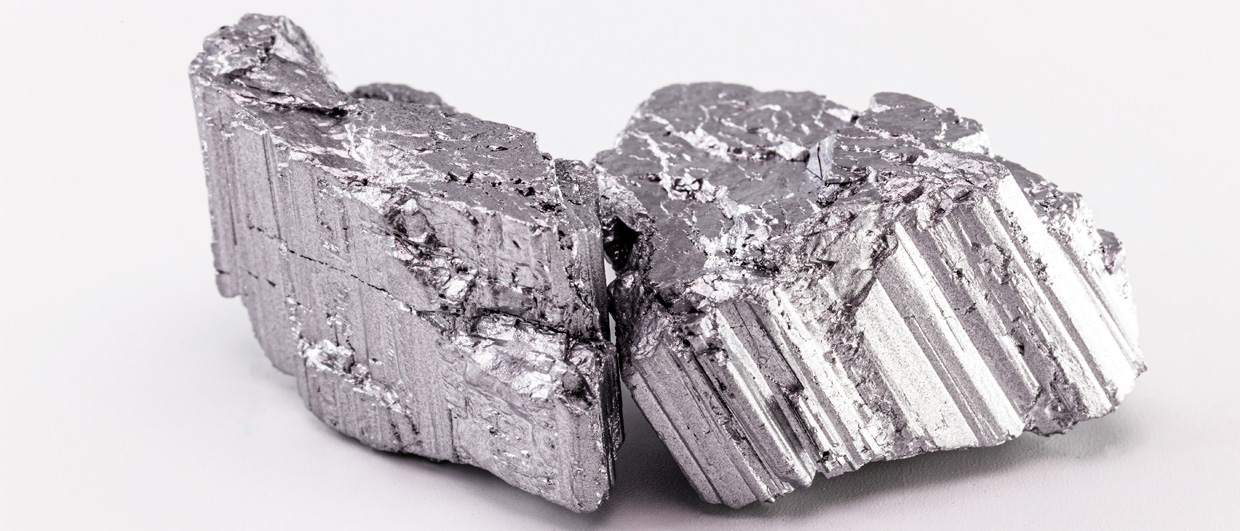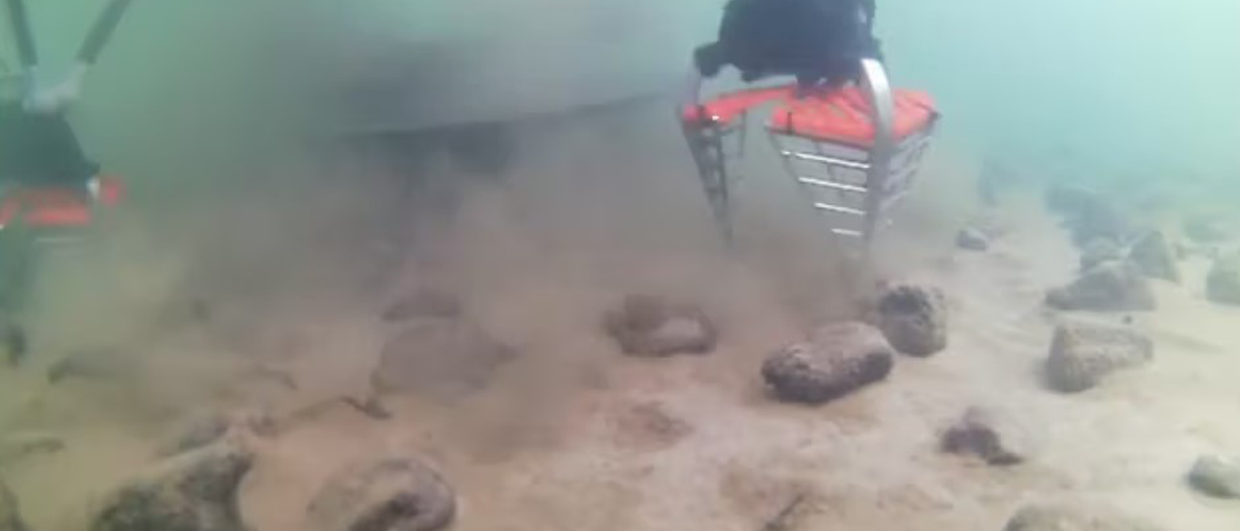Marine scientific research on hydrothermal systems has been ongoing for more than 40 years, starting immediately after their discovery near the Galapagos Islands in 1977.
However, exploration of Seabed Massive Sulphides (SMS) only became legally possible after the International Seabed Authority (ISA) issued regulation in 2010 for the global oceans outside national jurisdictions. It defined the ‘Area’ where exploration could take place, resulting in the first exploration contract signed in 2011. The first pilot test of excavation and ore lifting took place in the Okinawa Trough in 2017 in Japan.
During the NCS Exploration, Deep Sea Minerals conference in Bergen, October 20 and 21, Georgy Cherkashov will give a presentation entitled “The State of the Art in SMS Exploration” on Day 1.
Hydrothermal systems occur in oceanic spreading and rift zones along both mid-ocean ridges (MOR) and subduction-related arc systems. While ocean arc systems generally occur in national territories, all contract areas with the ISA are situated within slow and ultraslow spreading MORs.
Traditionally, marine exploration surveys for SMS deposits develop from regional to detailed stages to identify the potential ore zones of a few hundred meters in diameter. The regional work begins with ship-borne, deep-towed and autonomous multibeam echosounder mapping and the creation and compilation of bathymetric maps. Based on these map compilations, the next step of exploration involves the identification of characteristic structures which potentially control the occurrence of SMS deposits.
See also: A needle in a haystack – about geophysical methods to identify deep sea resources.
Further work is associated with the search for volcanic, sedimentary and geochemical anomalies that form around massive sulfide occurrences, both at the stage of their formation (active venting of hydrothermal fluids) and after the termination of hydrothermal activity (inactive hydrothermal fields).
In the first case, physical oceanographic characteristics of the near-bottom water column are being surveyed as well as volcanic and sediment textures on the seabed. In the second case, potential physical fields (electric and magnetic) and their anomalies as well as the composition of the bottom sediments surrounding the hydrothermal fields are studied.
But after all, seabed sampling and drilling is ultimately required to find the sweetspots, because lessons learned from onshore equivalents indicate that only a very few sulfide occurrences within larger rift-related volcanic successions are enriched enough to represent actual feasible ore deposits.





